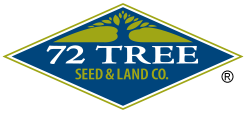Notice: Undefined variable: page in /home/vrxdg1855sn3/public_html/wp-content/themes/72tree/content.php on line 15
Notice: Trying to get property 'ID' of non-object in /home/vrxdg1855sn3/public_html/wp-content/themes/72tree/content.php on line 15
Preventing and Eliminating Christmas Tree Bugs
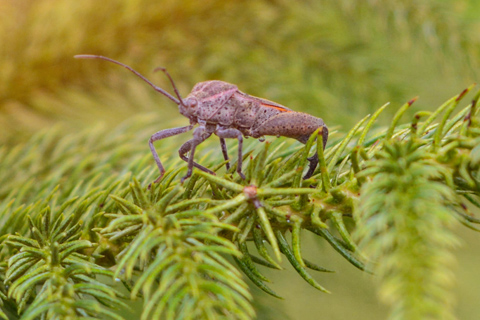
The Christmas tree is the pinnacle of holiday decorating but can also be a nightmare when bugs hitch a ride on the tree into your home.
Infested Christmas trees present a series of problems for the homes and neighborhoods they decorate. Pest control and prevention are essential measures when putting up a live tree for the holidays.
72tree.com collected information on the bugs that can be found on Christmas trees, how to prevent the buying of an infested tree, eliminating any insects found on the tree, and how to properly dispose of the tree.
Bugs on Christmas Trees
When you go to your local Christmas tree lot, keep in mind that just a few days prior, those trees were cut down from a Christmas tree farm or a forest.
Insects may have nested in or laid eggs on these trees. The following are some of the insect species you may encounter living or hatching in your Christmas tree:
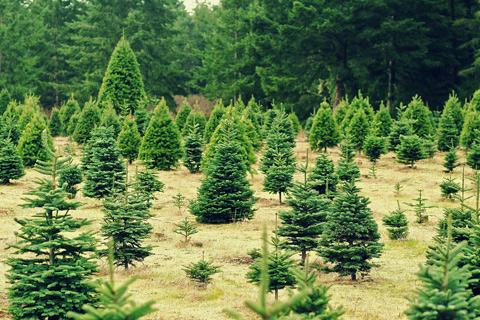
• Aphids
• Spiders
• Bark Beetles
• Mites
• Scale
• Needle Scale
• Mantises
• Spotted Lanternflies
• Sawfly
• Adelgids
• Stink Bugs
Note: Store-bought wreaths and swags made from live tree stems may travel thousands of miles from where they originated (potentially exposing your ecosystem to a new or invasive insect species). During the manufacturing and packing processes, bugs and the eggs they lay can easily be overlooked.
How To Prevent Bugs on your Christmas Tree
You can prevent bringing bugs into your home on a Christmas tree by following a few easy steps:
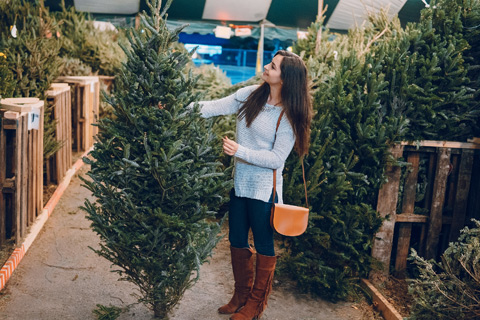
Right Time to Shop – Do not shop for a Christmas tree at night. It is easier to spot insects and eggs during the daytime.
Inspect the Under Side of Branches – Lay the tree down and get an up-close look at the underside of the branches and the trunk. Pay particular attention to the lower branches. You are looking for:
• Visible Insects
• Red or Brown Dots (Mites)
• Clusters of Eggs (Mantises and Lanternflies)
• What Appear to Be Snowflakes (Adelgids)
• White or Red Dots on Needles (Scale)
• Brown Cocoons (Sawfly)
• Small Holes in Trunk (Bark Beetle)
• Sawdust Trails (Bark Beetle)
Let It Stand – Attach the base and let the tree stand in the garage for a day or two. As a preventative measure, apply neem oil or insecticidal soap to the tree before moving it inside and decorating it.
How To Get Rid of Christmas Tree Insects
One of the most common insects found on Christmas trees is aphids. Killing aphids and other insects can be accomplished by spraying the tree with non-toxic neem oil or a homemade insecticidal soaps. Read more about killing aphids.
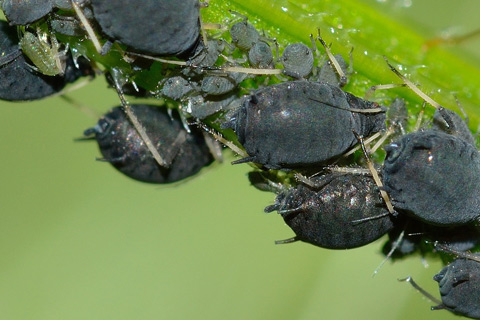
For the most part, newly hatched insects and spiders quickly expire from desiccation (they dry out). However, there are those that do survive.
Beetles, mantises, spotted lanternflies, and sawflies can leave the tree and potentially make their way outside. Again, the application of neem oil and insecticidal soap can be used to control these insects.
If you spot insects or eggs on your tree, DO NOT use commercial aerosol bug sprays. There is no necessity to expose yourself and your loved ones to these harsh chemicals. And, as many of them are flammable, you risk having the tree and your home go up in flames.
For pests that have fallen to the floor or are on your furniture, avoid stepping on them or crushing them (they can leave stains, and some insects have a putrid smell).
Use a vacuum cleaner that doesn’t have a beater bar to suck them up. Then treat the bag or the receptacle with neem oil or insecticidal soap before disposing of them.
How To Dispose of a Christmas Tree
To help preserve the ecosystem in your region, avoid placing the used tree on brush piles or compost heaps. Invasive insects and diseases are able to escape into landscapes and neighboring forests, becoming established, and upsetting the native ecosystem.
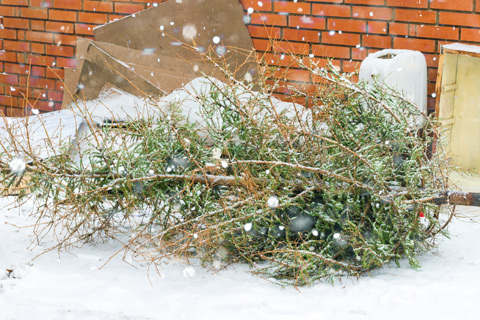
When you take steps to properly purchase, treat, and dispose of a Christmas tree, these risks are dramatically reduced.
Many municipalities and counties nationwide have pickup programs established to retrieve your tree at curbside and properly dispose of it.
If you miss this service or it isn’t available, you can take the tree to a solid waste facility, dump, or landfill. This will keep any pests that may remain in the tree from spreading.
Bug-Free Christmas Tree for the Holiday Season
An infested Christmas tree inside your home probably wasn’t on your wish-list for this holiday season. When bugs hitch a ride into your home, you need to know how to handle them efficiently.
From this article, you have discovered which bugs can be found on a Christmas tree, what to look for when purchasing the tree, how to eliminate any bugs on the tree, and how to properly dispose of the tree once the season is over.
Your home, neighborhood, and neighboring forest are all at risk when the poor management of a Christmas tree infestation allows foreign or invasive insects to disrupt a native ecosystem. Pest control and prevention should be one of the main concerns of a live tree in your home for the holidays.
Sources:
https://hortnews.extension.iastate.edu/insects-christmas-trees
https://christmastrees.ces.ncsu.edu/badbugs/
https://extension.unh.edu/resources/files/resource000986_rep2299.pdf
https://aces.nmsu.edu/ces/yard/2000/122300.html
Notice: Undefined variable: page in /home/vrxdg1855sn3/public_html/wp-content/themes/72tree/content.php on line 15
Notice: Trying to get property 'ID' of non-object in /home/vrxdg1855sn3/public_html/wp-content/themes/72tree/content.php on line 15
Killing Aphids
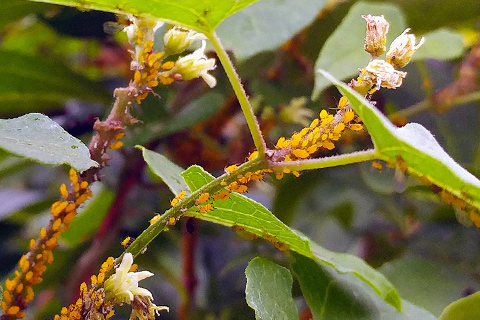
Disgusting aphids are a severe problem that can destroy your landscape. During an infestation, what appears to be a black tar on your foliage is actually a fungus growing in aphid excrement. The more of this you see, the bigger your problem is.
Aphids can cause the eventual death of your plants and trees, both indoors and outdoors. Upon detection of an infestation, treatment should begin immediately, and only end when all signs of the pest are gone.
In this article, 72tree.com answers some common aphid questions, and offers three easy methods to control them.
How to Get Rid of Aphids
Getting rid of your aphid problem starts with observing how big of a problem you have, determining which actions to take, and following up to ensure the problem is over.
Observation – In many aphid infestations, you may notice the presence of ants. These ants are not attacking the aphids, they are cultivating the honeydew excrement which they produce.
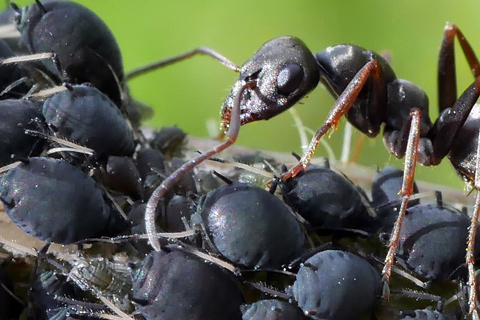
If this is the case, locate the ant trail(s) and treat the ant problem simultaneously with the aphid problem. You will see below that these three treatments work well for both insects.
Action – The following are 3 simple solutions that eliminate aphids without the use of commercial insecticides.
1 – Insecticidal Soap – The ingredients are:
• Liquid dishwashing soap (Dawn, Ivory, etc. but not the special formula varieties)
• Vegetable oil (corn, canola, sunflower, etc.)
• Warm water (filtered or soft water)
Step 1 – Mix 1/2 cup of vegetable oil with 3 Tbsp of dishwashing soap in a measuring cup and mix well.
Step 2 – Pour the mix into an empty (clean) gallon container and fill it halfway with warm water.
Step 3 – Shake the mixture well and fill a spray bottle with it. Keep the remainder of the mixture in a cool, dry place until the next use.
Application – In the early morning or late afternoon, spray the mixture directly on the aphids and ants (if present), you will also spray the area around the infestation, and along the ant trails.
Apply the mixture weekly in the same way for three weeks, or until the pests are eliminated.
2 – Neem Oil – Neem oil is a pungent vegetable oil derived from the fruit and seeds of an evergreen tree called Neem.
Pure Neem oil can be purchased at your local gardening center and comes ready for use.
Application – Again, in the early morning or late afternoon, spray the oil directly on the aphids and surrounding areas.
When sprayed along ant trails, Neem oil is very effective in repelling many species of ants. This is accomplished by disrupting the pheromone trails ants leave for others to follow.
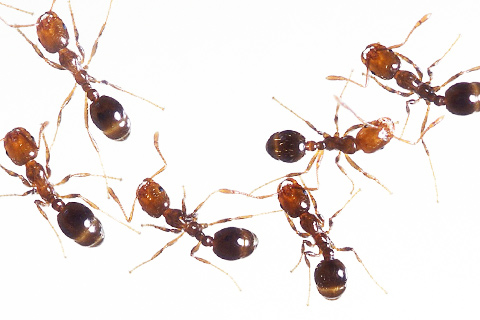
Apply on a weekly basis until the ants and aphids are no longer visible.
3 – Vinegar Spray – The ingredients are:
• Vinegar (white or apple cider)
• Water
Step 1 – Mix equal parts of vinegar and water together in a spray bottle.
Application – In the early morning or late afternoon, spray the water and vinegar mixture directly on the infestation and surrounding area.
When sprayed in the affected area and along the ant trail, this solution works well to repel the ants and disrupt their pheromone trail.
Apply weekly until the infestation has been eliminated.
For treating other insect infestations, visit this link https://www.72tree.com/using-dormant-horticultural-oil-treat-tree-insect-infestations/
People Also Ask
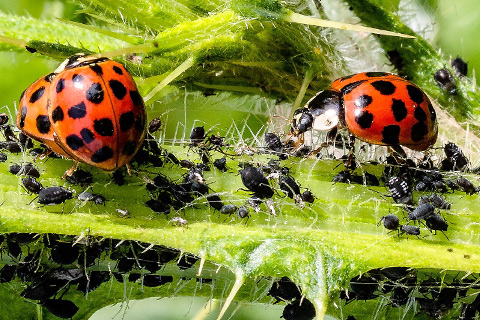
Q: Why Do You Apply Insecticides in the Morning?
A: Insecticides and insect deterrents are applied in the early morning or late afternoon to avoid overheating the foliage in direct sunlight.
Q: How Long is the Life of an Aphid?
A: Depending on the species and environment, aphids live from one week to forty days.
Q: How Long Do Aphid Infestations Last?
A: As aphids are able to reproduce rapidly, infestations can occur relatively quickly and may last until the death of the host (without treatment).
Q: What Insects Eat Aphids?
A: The most beneficial predatory insect of aphids is the ladybug. Plant marigolds, sunflowers, dill, and daisies to attract ladybugs, lacewings, and other beneficial insects. Also, consider buying and releasing ladybugs directly into your garden.
Q: Do Ants Eat Aphids?
A: No – Ants cultivate and eat aphid excrement (called honeydew) which is produced after the aphids consume the sap from plant and tree foliage.
Q: What Is the Black Film All Over the Leaves?
A: During an aphid infestation, the black tar-like substance on the foliage is actually a fungus known as “sooty mold” growing in the honeydew (aphid excrement).
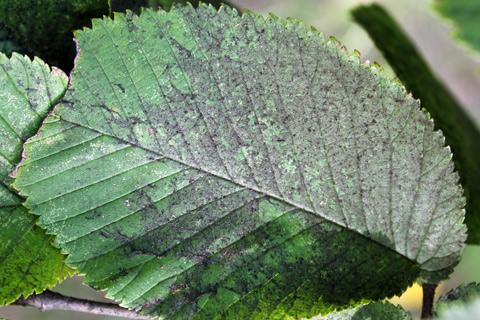
Keep Your Landscape and Home Aphid Free
With the ability to quickly multiply and infest your landscape, aphids can cause the decline and eventual death of your plants and trees.
In this article, we’ve answered common “aphid” questions, you’ve learned to identify an aphid infestation and take action. You now know how to use three effective control methods and how to attract beneficial insects to your landscape.
By not taking action against an aphid infestation, you are leaving your plants and trees vulnerable to other insect infestations and disease which can kill them even faster.
Sources:
https://www.pestworld.org/news-hub/pest-articles/six-steps-to-an-ant-free-home/
Notice: Undefined variable: page in /home/vrxdg1855sn3/public_html/wp-content/themes/72tree/content.php on line 15
Notice: Trying to get property 'ID' of non-object in /home/vrxdg1855sn3/public_html/wp-content/themes/72tree/content.php on line 15
3 Evergreen Tree Species for Your Alpharetta and Roswell Yard
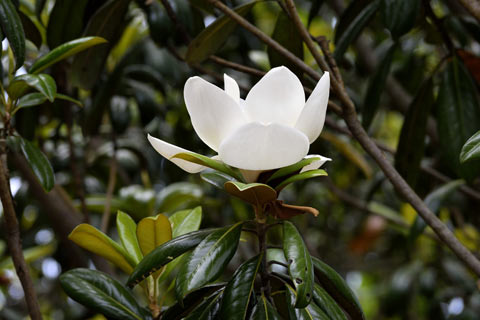
The difference between evergreen trees and deciduous trees becomes very obvious in the fall. Evergreens stay green and keep their foliage, while deciduous trees typically change the color of their leaves before dropping them and going dormant.
Evergreen trees do drop foliage, just not all at once. Throughout the year, they will drop small portions of their foliage and grow it back. These trees do not experience a dormant period like their deciduous counterparts, but they do slow down in the winter months.
For those with an aversion to raking up leaves in the fall, the arborist at 72tree.com identified 3 evergreen tree species to enhance your Alpharetta and Roswell Ga landscape.
Pine Trees
Of the North American native tree species, pine trees are one of the most widely spread and varied classes. Because of their ability to adapt and the ease to care for them, pines remain very popular landscaping trees from coast to coast.
Height – Within the pine family, some of the species can reach an astounding 150 feet tall and live to be more than 450 years old.
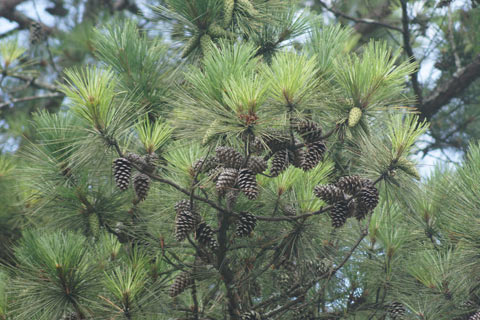
Crown Width – Mature pine tree canopies can stretch from 15 t0 30 feet in diameter depending on the species and the environment it is planted in.
DBH – When pines such as these reach maturity, their trunk DBH (diameter at breast height) can measure from 2.5 to 4 feet. As with most trees, there is just as much happening below ground.
Root System – As pines develop an extensive, deep, expansive, and invasive root system, they should not be planted within 20 feet of permanent structures like fences, underground utility lines, or homes.
Pest Problems – Bark beetles, aphids, and bagworms are a few of the pests that enjoy making a meal of pine trees. Mites and tree scale are also likely.
Disease – Some of the more common diseases that affect pine trees are needlecast, root rot, and pine wilt.
Pesticides and fungicides can be used to curb the progress of these pests and diseases. However, in cases of severe infestation and infection, an arborist should be called to evaluate the tree and what actions should be taken (including the tree’s removal if necessary).
Magnolia Trees
This classic Southern beauty (magnolia grandiflora) is very distinctive with its wide glossy leaves and enormous fragrant white blossoms. When it comes to year-round beauty, there are few trees that can keep up with it.

Its full luxurious look has made it a popular ornamental around the world.
This tree, although evergreen will drop leaves throughout the year. Growing anything beneath this tree (including grass) is difficult due to its dense foliage casting full shade and its shallow roots.
Height – A magnolia tree planted in a location with rich soil, little to no obstacles for the root system, and good soil drainage can reach heights of more than 80 feet.
Crown Width – While this tree possesses a pyramidal to rounded crown at the top, its width can reach 30 to 40 feet at the base and mid section.
DBH – Adult magnolias can reach a DBH of 24 to 36 inches. To reach this size takes anywhere from 80 to 100 years.
Root System – The species itself is a deep rooted one. First to develop is a strong tap root, then as the tree grows, many sunken roots will grow down from the root collar, and as the tree ages, major lateral roots will grow. When planted in areas with a high water table, the roots will grow more shallow and outward.
The optimum soil for this species is a rich, well drained, and slightly acidic one. When planting a magnolia, add generous amounts of organic material to the soil for the best growing conditions.
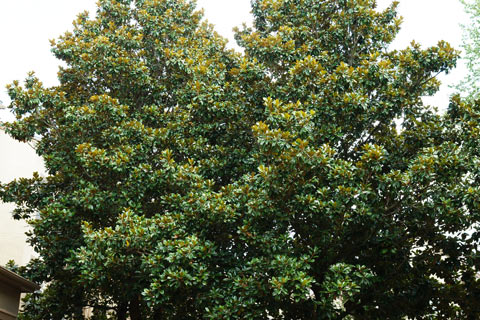
Although magnolia roots are not considered invasive, when planted too close to sidewalks or foundations, they will eventually cause undesired cracking and buckling.
Pest Problems – Varieties of scale, aphids, striped mealybug, spider mites, and magnolia leafminers are all potential infestation culprits.
Disease – There are a number of fungi which cause leaf spots. For the most part, they are unable to cause any significant damage to adult magnolias.
As well, there are a number of Polyporus fungi and Fomes which can cause heart rot.
Again, pesticides and fungicides can be used to curb the progress of these pests and diseases. When a severe infestation or infection is detected, an arborist should be called to assess what actions should be taken.
Eucalyptus Trees
Of all of the evergreen trees you could want in your yard, eucalyptus should be at or near the top of the list. This species is a fast growing, insect repelling, and gorgeous tree that adds beauty and practicality to whatever landscape it grows in.
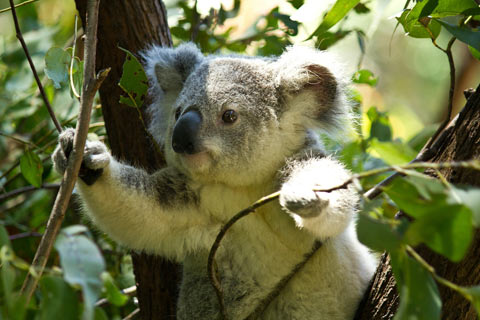
For most, the image you get when you hear “eucalyptus” is a koala bear latched on to a branch, munching away at the leaves. You may be surprised to learn that only the koala, some possum species, and a select few insects are actually able to consume parts of this species. In large quantities, this tree’s secret weapon (cineole) is toxic.
It is the cineole aka: eucalyptol in eucalyptus trees that make up the greatest part of its signature aroma. Eucalyptus essential oil has been used for centuries in the treatment of respiratory ailments, as a disinfectant, and as an antibacterial or anti-fungal agent in medicine.
Height – Eucalyptus tree sizes vary. Their height at maturity can range from 30 to 35 feet for smaller varieties all the way to over 200 feet for the tallest of the species.
These trees must be planted away from physical structures. Mature eucalyptus trees are known to unexpectedly drop branches.
Crown Width – The eucalyptus tree species will typically grow tall and relatively slender, with mature crowns reaching from 12 to 30 feet in diameter. Many varieties of the species are able to reach much greater diameters as they age.
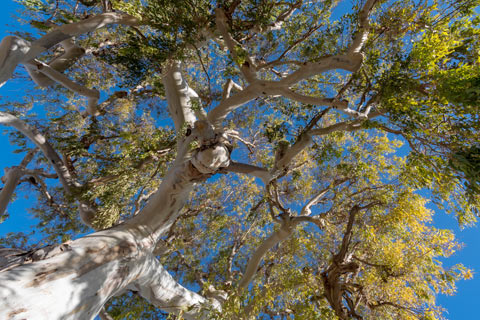
DBH – Adult eucalyptus trees can reach a DBH of 15 to 20 inches.
It is worth mentioning that this species is able to reach maturity within 10 years of growth. That’s less than half (in some cases less than a third) of the time it takes for the majority of other species to reach maturity.
Root System – This species quickly adapts to the soil it is planted in. In rich, fertile soil, the roots have no need to go deep. The tree is on a fast track for height and the roots will spread horizontally staying close to the surface.
In more nutrient deprived soil, the roots will dive deep for their food and moisture source. Counterintuitively, it is the eucalyptus planted in poor soil that grows to be the more stable and wind or storm resistant.
Pest Problems – Little to none (as long as the tree remains healthy). High concentrations of cineole in all parts of eucalyptus trees acts a natural insect repellant.
Two species of Australian tortoise beetles (family Chrysomelidae) (still isolated in the west) chew semicircular holes or notches on edges of eucalyptus leaves.
These beetles are able to remove most of a leaf’s surface, leaving only the midvein.The damage caused by these beetles is unsightly but not life threatening to the tree.
If a tree is stressed enough, an opportunity opens up for the eucalyptus longhorn borer. The female of this species lays her eggs on stressed trees, producing larvae that burrow their way to the cambium layer.
A heavily infested tree can die within weeks, which is due to the larval galleries girdling the tree and disrupting the flow of water and nutrients.
Infestations must be treated immediately. Because of the speed at which death can occur, an arborist should be called to evaluate the tree and determine what actions to take.
Disease – Canker, heart rot, and Phytophthora can infect a stressed eucalyptus tree. All three of these fungi attack and damage the tree from the inside.
Signs of infection are discolored leaves and in severe cases, splitting of the trunk. In any of these cases, the tree should be removed, destroyed (burned) and all equipment disinfected to prevent the disease from spreading to other trees.
Tree Care for Evergreens
As long as evergreens are planted in hardiness zones where they can thrive and get ample summer sunlight and winter shade (possibly on the north side of your property), caring for these trees is relatively simple.
Water them regularly and mulch around their trunk. This will keep them strong and winter injury resistant. Evergreens (when not mulched or watered well) can be severely injured by the drying effects of the sun and wind through winter months.
A major benefit of evergreens in your yard is that there is no bad season. Even during the coldest days of winter, your landscape will be filled with full, and vibrantly-green trees.
Sources:
http://ipm.ucanr.edu/PMG/PESTNOTES/pn74104.html
http://homeguides.sfgate.com/care-maintenance-evergreen-trees-59096.html
https://en.wikipedia.org/wiki/Salix_babylonica#Horticultural_selections_and_related_hybrids
https://gardenerdy.com/types-of-evergreen-trees
https://www.ambientbp.com/blog/7-facts-eucalyptus-trees
Notice: Undefined variable: page in /home/vrxdg1855sn3/public_html/wp-content/themes/72tree/content.php on line 15
Notice: Trying to get property 'ID' of non-object in /home/vrxdg1855sn3/public_html/wp-content/themes/72tree/content.php on line 15
5 Tree Pests and Diseases to Avoid this Spring
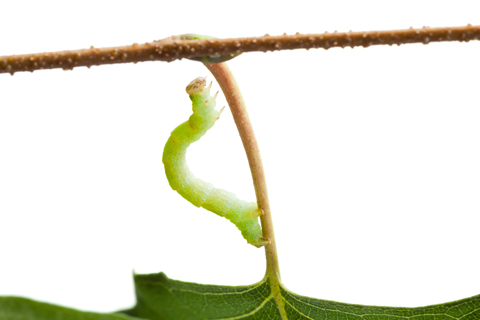
Spring has arrived and with the new season comes new tree problems. It isn’t just the flowers blooming, trees budding, and pollen everywhere; tree pests and diseases are coming alive as well.
Generally, when winter weather and lower temperatures are sustained throughout the season, pests and disease won’t pose much of a threat in the spring. This year however, winter weather and temperatures were relatively mild, favoring the spread of disease and increasing pest population. It’s just the beginning of the season, and there is great potential for tree damage this spring.
The arborist at 72 Tree, Seed & Land Co. identified 5 common tree killers, and methods to get them under control this spring. Also being discussed are routine tree and landscape inspections, pest and disease prevention, and ongoing tree care throughout the year.
3 Common Spring Tree Pests
While there are a wide variety of tree pests, the following have been singled out due to the extent of the damage they can cause. So take heed because, the damage often goes unnoticed until removal of the tree is necessary.
Bagworms – If the leaves on your tree are turning brown or the needles are falling off of your pine, the culprit may be bagworms. Your tree is their food, and as they consume, your tree is unable to produce vital nutrients to keep it healthy and alive.
These worms make a bag-like nest (thus the name) which is often mistaken for a pinecone. In the fall, they mate and each female bagworm is able to lay over 500 eggs that hatch in mid spring.
There are two effective ways of controlling bagworms. You can physically remove and destroy the “bags”, or apply a pesticide in the spring as they are hatching. Once you have confirmed that bagworms have invaded your landscape, you will likely need the help of a professional tree service to keep them under control.
Cankerworms – Also known as inchworms, cankerworms chew away at the foliage of your trees. There are two species of this pest “fall cankerworm” and “spring cankerworm” but don’t let the name mislead you, they both hatch in the spring and feed on the same trees.
The damage they inflict on trees is more stress related and potentially leads to dieback, borer damage, and even root decline. For a healthy tree, one year of cankerworm defoliation won’t necessarily result in the loss of the tree. However, multiple years of defoliation will weaken the tree, making it susceptible to other pests that can ultimately lead it to its death.
When there is a breakout of this pest, there are two principle treatments.
1) Banding the trees in the fall (the wingless females stick to the band and cannot reach the canopy to deposit their eggs) is one very effective measure.
2) The other is the use of pesticides shortly after the worms have hatched. This measure is only effective while the worms are small and should be monitored by an arborist to ensure proper control is achieved.
Southern Pine Beetle – (Dendroctonus frontalis) These boring tree killers are known as the most destructive forest insect in the southern states. The signs or symptoms of an infestation are severe dieback, browning, and eventual death of entire limbs, foliage, and the tree itself.
Once this beetle attacks and succeeds at making a tree its host, the adults emit a pheromone attracting other beetles to the tree. In a matter of days, a tree’s defenses can be overrun by thousands of beetles. As one tree becomes overpopulated, the beetles will seek out nearby trees to colonize, thus expanding their population and local infestation potential.
It is the older and weakened trees that are more susceptible to beetle infestation. Control is accomplished by promoting the health of your trees, and when there is a breakout, applying insecticides to the tree bark is an alternative.
If you have a tree affected or infested by southern pine beetles, you will need an arborist to help identify witch, and if measures can be taken to thwart the infestation.
2 Common Spring Tree Diseases
Throughout the lifecycle of a tree, it may be faced with a number of fungal invaders from its roots to its leaves. While a tree builds a natural resistance to these invaders, trees are not completely immune and can be severely debilitated. The following tree diseases are ones that should be addressed immediately after being diagnosed.
Fire Blight – (Erwinia amylovora) Is a contagious plant disease. Blight is a hard to control pathogen that robs plant and tree foliage of its nutrients, causing the blackening and death of that foliage. Fire blight differs from dieback in that it leaves behind the appearance that the foliage has burned. Thus the name.
Blight is most successful in the springtime, as temperatures and humidity remain ideal for its growth. As with other pathogens, it is spread from host to host by physical contact, insects, birds and other wildlife; be careful when working in the garden because even the tools used for landscape maintenance can transmit fire blight disease.
Moreover, there is no known cure for blight. Control is achieved by pruning and destroying the affected foliage and limbs. The use of pesticides can also aid to control the pest population. As stated, the proper cleaning of equipment after use is helpful to avoid its proliferation. While the planting of resistant or tolerant species is an effective and proactive approach to overcome this disease.
NOTE: When cleaning garden and landscape equipment after handling diseases such as blight, applying a bleach solution (1 part bleach to 4 parts water) to your tools is recommended to neutralize the pathogen.
In the following link we discussed preventing fire blight tree disease in more depth, so check it out for more solutions and detail of this devastating disease.
Heart Rot – Heart rot is a fungal disease causing the softening and decay of the wood found at the center of a tree’s trunk and branches. When you see mushrooms or fungus conks attached to the trunk or branches of a tree, it can be a strong indicator that heart rot is present within the tree.
Fungi enter the tree through damaged bark or poorly pruned ares, move to the heartwood, and begin the process of decay. Softening of the heartwood leaves trees structurally weak and prone to collapse or breakage.
Hardwood trees are affected by heart rot on a global scale, and is extremely difficult to prevent. However, if a tree is growing vigorously, it may be able to isolate the affected portion of itself through a process called compartmentalization.
Control of this destructive disease may be achieved by keeping your tree healthy through proper pruning techniques, annual inspections by an arborist, and post storm maintenance and pruning.
Routine Tree and Landscape Inspections
Tree and landscape inspections start with you. When you’re out mowing, watering, pruning, or playing in your yard, observe the plants, shrubs, and trees. Look for insect infestations, discoloration in the foliage, and dieback of the limbs and crown. For more on dieback and signs of a diseased tree, visit 72tree.com/signs-diseased-tree-dieback-suckers-water-sprouts/
Once a year, hire an arborist to thoroughly inspect your trees and the plant life in your yard. They are trained to spot potential health issues, and implement the best solutions to save and/or extend the lives of your plants.
Prevention and Continued Care
The best preventative maintenance for your trees and plants is the consistent and continued care that you provide them. Healthy plants have the strength to develop defense systems that ward off both pests and disease.
Proper and timely pruning, watering, and fertilizing will help your trees reach maturity faster and in a stronger and more resistant way.
Controlling Pests and Disease All Year
Every pest has its season and every season has its pests. As you have probably gathered by now, the best way to control pests and disease is by keeping your trees, shrubs, and plants healthy through remaining proactive and aware of their state.
Pest control will help in stopping the spread of pathogenic fungi and bacteria, as well as curbing some of the more voracious insects. Fungicides will also help keep many of the pathogens away from your landscape’s ecosystem.
Keep your trees healthy this spring and for years to come by knowing what to look for and which steps to take. And when something strange pops up, call on your local arborist to address and get it solved.
